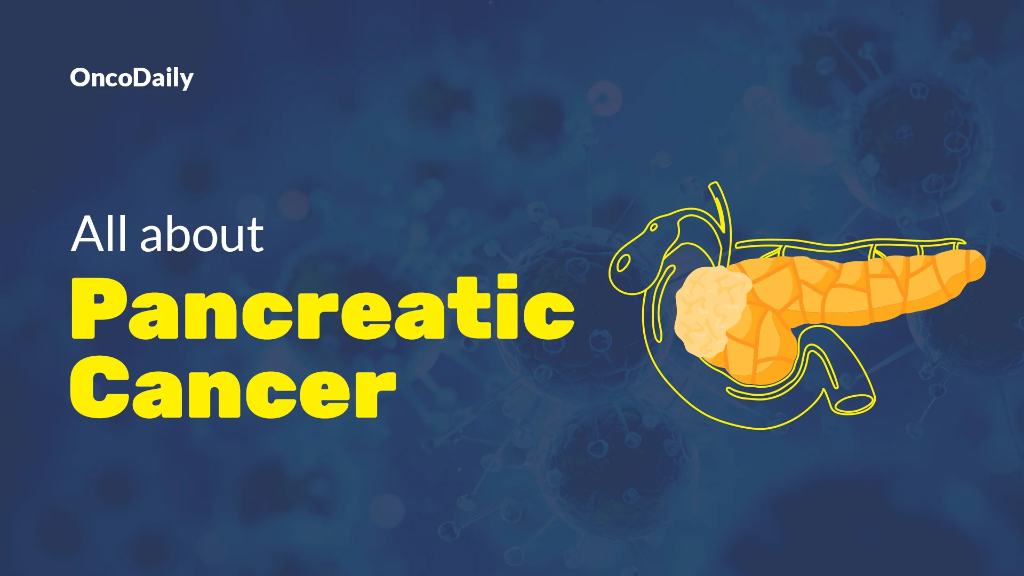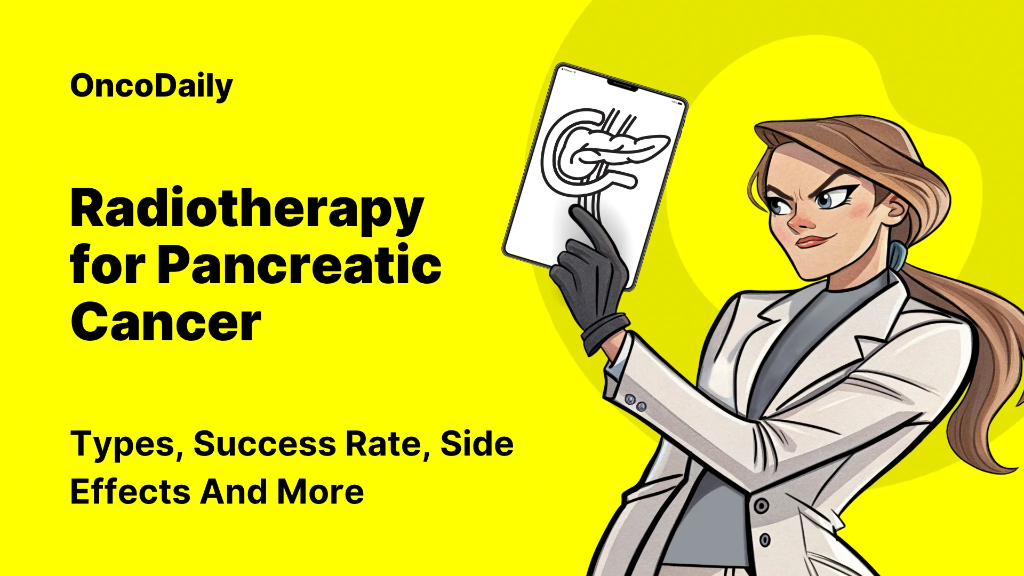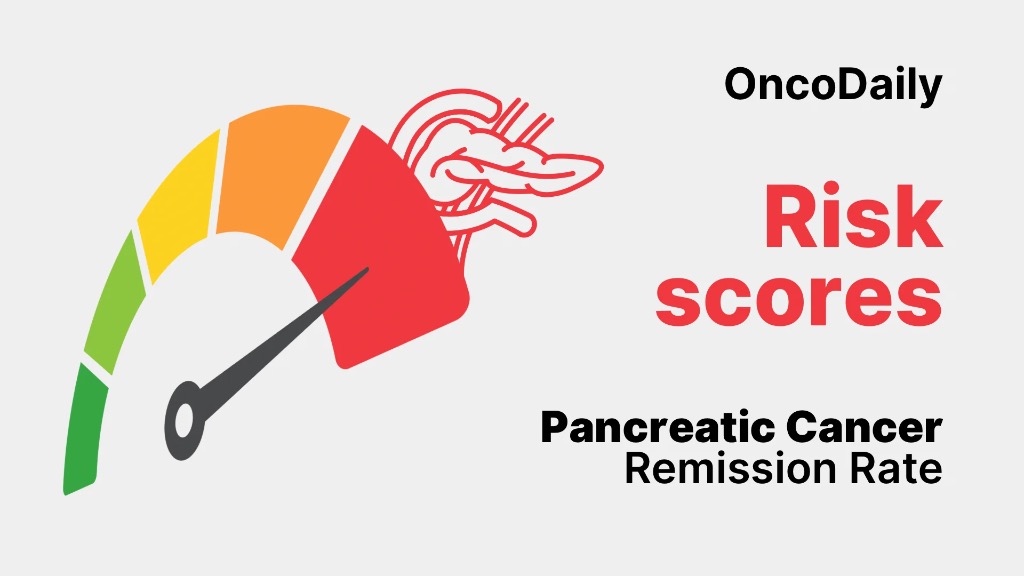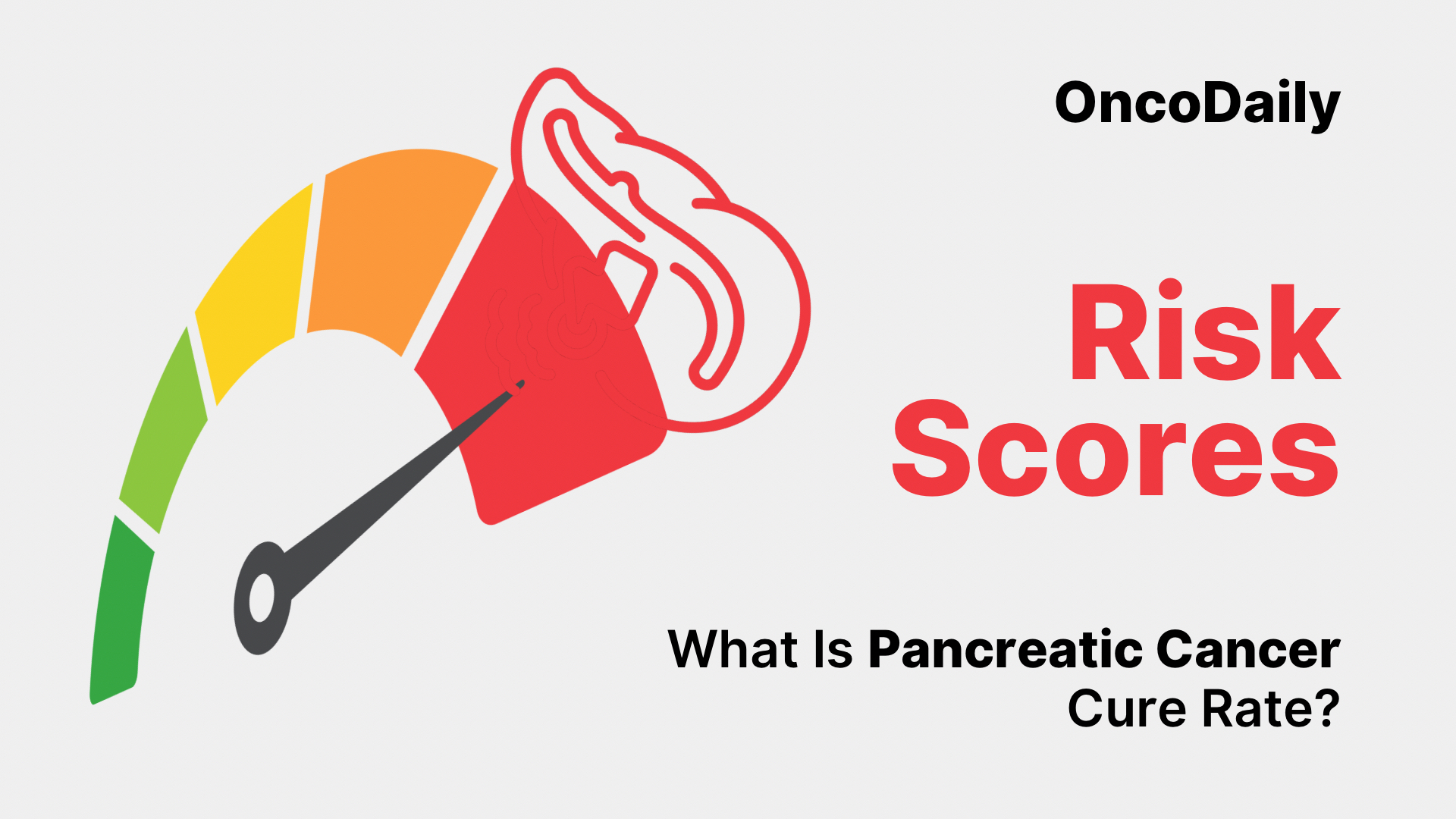Pancreatic cancer is one of the most aggressive malignancies, originating from the cells of the pancreas—a vital organ responsible for digestion and blood sugar regulation. Globally, it ranks as the seventh leading cause of cancer-related death, with over 495,000 new cases and 466,000 deaths annually (Sung et al., 2021).
The pancreatic cancer cure rate remains one of the lowest among major cancers, mainly because the disease is usually diagnosed at an advanced stage. Early symptoms are often vague or absent, allowing the cancer to progress silently until it involves nearby blood vessels or metastasizes to distant organs.

Read About Pancreatic Cancer on OncoDaily
What Does Cure Mean in Pancreatic Cancer?
A “cure” in pancreatic cancer means complete elimination of the disease, with no recurrence for at least five years after treatment. For most patients, achieving cure depends on early detection and complete surgical removal of the tumor.
However, because more than 80% of cases are diagnosed after the cancer has already spread, the pancreatic cancer cure rate remains low overall. Advances in surgical techniques, chemotherapy, and combination therapies are slowly improving long-term outcomes, but true cures are still rare in advanced disease.
Pancreatic Cancer Cure Rate by Stage
The pancreatic cancer cure rate varies greatly depending on the stage at diagnosis:
- Stage I (localized disease): When the tumor is small and confined to the pancreas, the cure rate can reach 30–40% after surgery and adjuvant chemotherapy (Conroy et al., 2022).
- Stage II (locally advanced but resectable): The cure rate drops to 15–25% due to the higher likelihood of microscopic spread.
- Stage III (borderline or unresectable): Only 5–10% achieve long-term survival with multimodal therapy.
- Stage IV (metastatic): The disease is generally incurable, though palliative therapy can extend life by months or even years in select patients.
Overall, the five-year survival rate for pancreatic cancer across all stages is approximately 12%, reflecting the ongoing challenge of early detection (American Cancer Society, 2024).
Surgery: The Main Path to Cure
Surgery remains the only potentially curative treatment for pancreatic cancer. Procedures such as the Whipple procedure (pancreaticoduodenectomy), distal pancreatectomy, or total pancreatectomy aim to completely remove the tumor with clear margins.
For those eligible for surgery—about 15–20% of patients—the pancreatic cancer cure rate can significantly improve. Long-term studies report five-year survival rates of 25–30% for patients undergoing complete resection followed by adjuvant chemotherapy (Neoptolemos et al., 2020).
However, microscopic disease recurrence is common even after surgery, underscoring the importance of postoperative systemic therapy.
Adjuvant and Neoadjuvant Therapies
Modern chemotherapy regimens have markedly improved survival after surgery. The PRODIGE 24/CCTG PA.6 trial demonstrated that adjuvant modified FOLFIRINOX nearly doubled median survival compared with older regimens, setting a new standard of care (Conroy et al., 2022).
Similarly, neoadjuvant chemotherapy—administered before surgery—helps shrink tumors and treat microscopic disease early. Studies show that patients receiving neoadjuvant therapy followed by successful resection achieve five-year survival approaching 35–40%, representing a meaningful improvement in the pancreatic cancer cure rate (Versteijne et al., 2023).

Read About Radiotherapy for Pancreatic Cancer on OncoDaily
Cure Rate in Advanced and Metastatic Pancreatic Cancer
Unfortunately, once pancreatic cancer becomes metastatic, the cure rate is extremely low. The focus shifts from cure to prolonged survival and quality of life.
First-line regimens such as FOLFIRINOX or gemcitabine plus nab-paclitaxel extend median survival to 11–12 months, and a small percentage of patients achieve long-term remission.
In rare cases, patients with exceptional responses to chemotherapy or targeted therapy have lived more than five years, suggesting that functional cures, while uncommon, are possible in select subgroups. Still, the overall pancreatic cancer cure rate in metastatic disease remains under 5% (Rahma et al., 2023).
The Role of Targeted and Immunotherapy
Newer treatments are offering hope for patients who previously had limited options.
- Targeted therapy: Patients with specific genetic mutations such as BRCA1/2 or PALB2 may benefit from PARP inhibitors (like olaparib).
- Immunotherapy: Although most pancreatic tumors are not immunogenic, those with microsatellite instability-high (MSI-H) or mismatch repair deficiency (dMMR) can respond well to immune checkpoint inhibitors like pembrolizumab.
- Molecular profiling: Personalized medicine approaches are helping identify small subgroups of patients who may achieve prolonged remission, slightly improving the pancreatic cancer cure rate in the modern era.
Why the Cure Rate Remains Low
Several biological and clinical factors explain the persistently low pancreatic cancer cure rate:
- The disease spreads early through blood and lymphatic channels.
- Tumors often encase vital blood vessels, preventing complete resection.
- Pancreatic cancer cells are resistant to many chemotherapies.
- There are no reliable early detection tests for average-risk populations.
These challenges highlight the urgent need for biomarker-based screening and novel therapeutic targets.

Read About Pancreatic Cancer Remission Rate on OncoDaily
Improving the Cure Rate: The Future of Research
Global research efforts are now focused on improving the pancreatic cancer cure rate through early detection and precision medicine. Ongoing trials are exploring combinations of chemotherapy, radiotherapy, immunotherapy, and targeted agents to make more patients eligible for surgery.
Liquid biopsy, artificial intelligence–assisted imaging, and early genetic screening for high-risk families (such as those with BRCA mutations or strong family history) are also expected to change the diagnostic landscape.
Living Beyond Pancreatic Cancer
For survivors who achieve remission, long-term follow-up is essential to monitor recurrence and manage post-surgical complications such as diabetes or digestive difficulties.
While recurrence remains common, patients who remain disease-free for five years after resection are often considered cured. Their stories provide hope and motivation for ongoing research to raise the pancreatic cancer cure rate worldwide.
Conclusion
The pancreatic cancer cure rate remains low overall, but it is improving steadily with earlier detection, modern surgery, and more effective chemotherapy. For those diagnosed early and treated aggressively, long-term remission—and even cure—is possible.
Continued innovation in personalized medicine, immunotherapy, and early screening holds promise for transforming one of the most lethal cancers into a more treatable and curable disease in the years to come.
You Can Watch More on OncoDaily Youtube TV
Written by Armen Gevorgyan, MD
